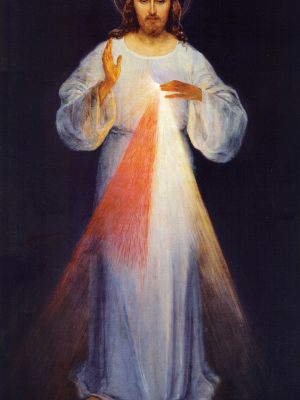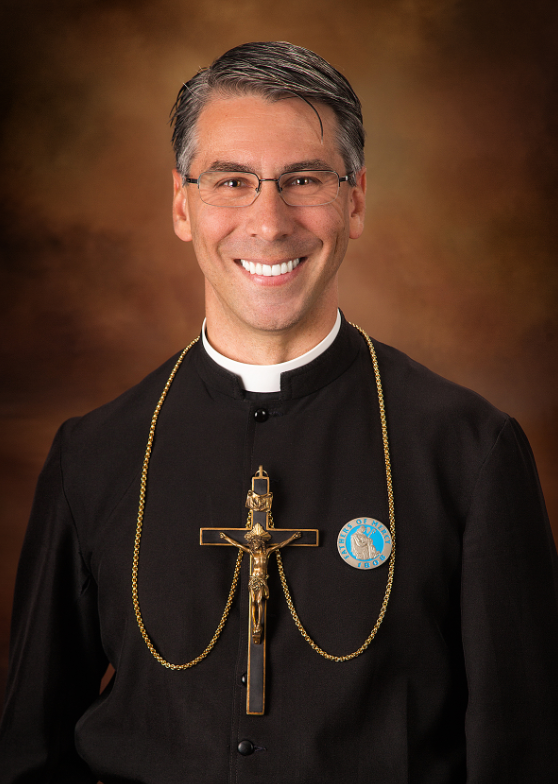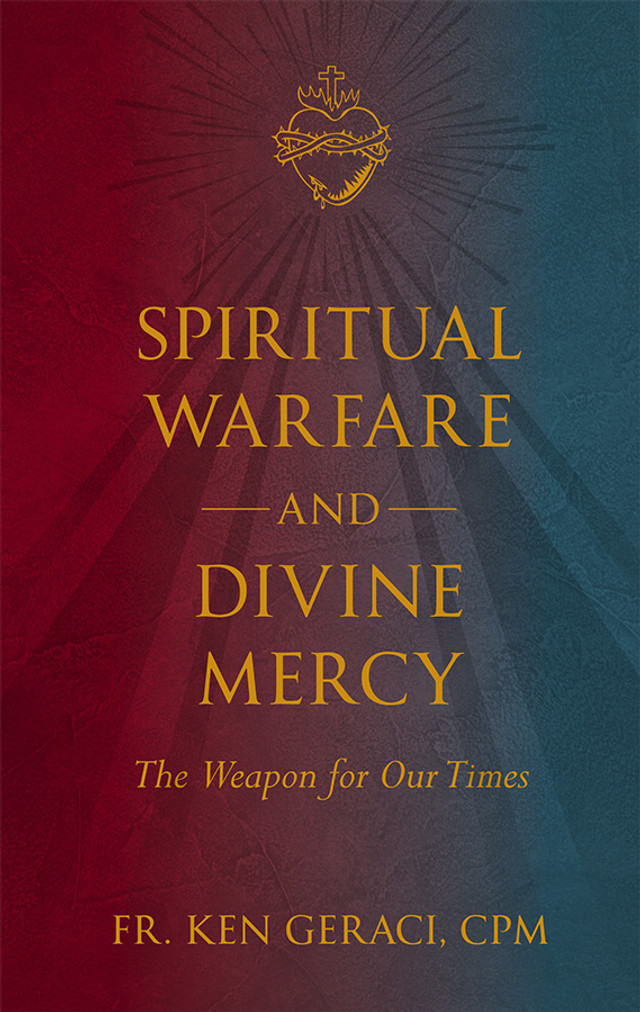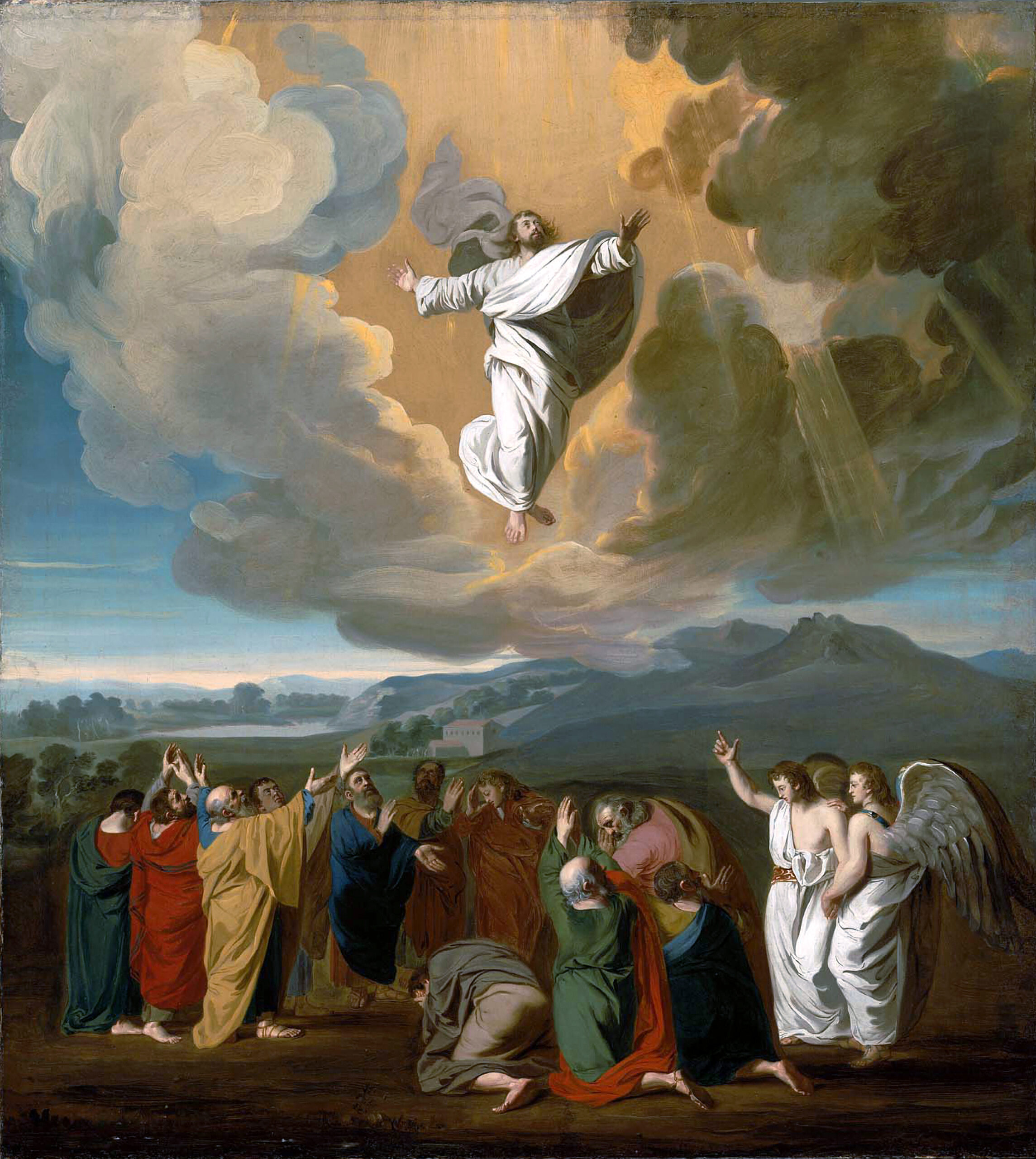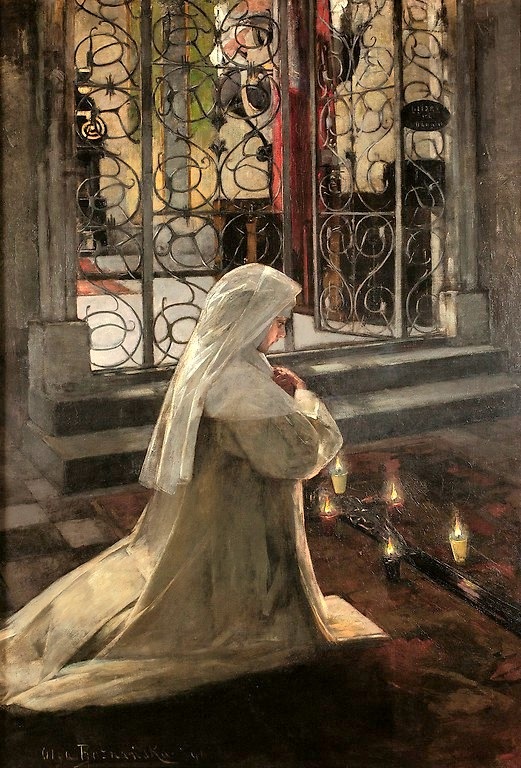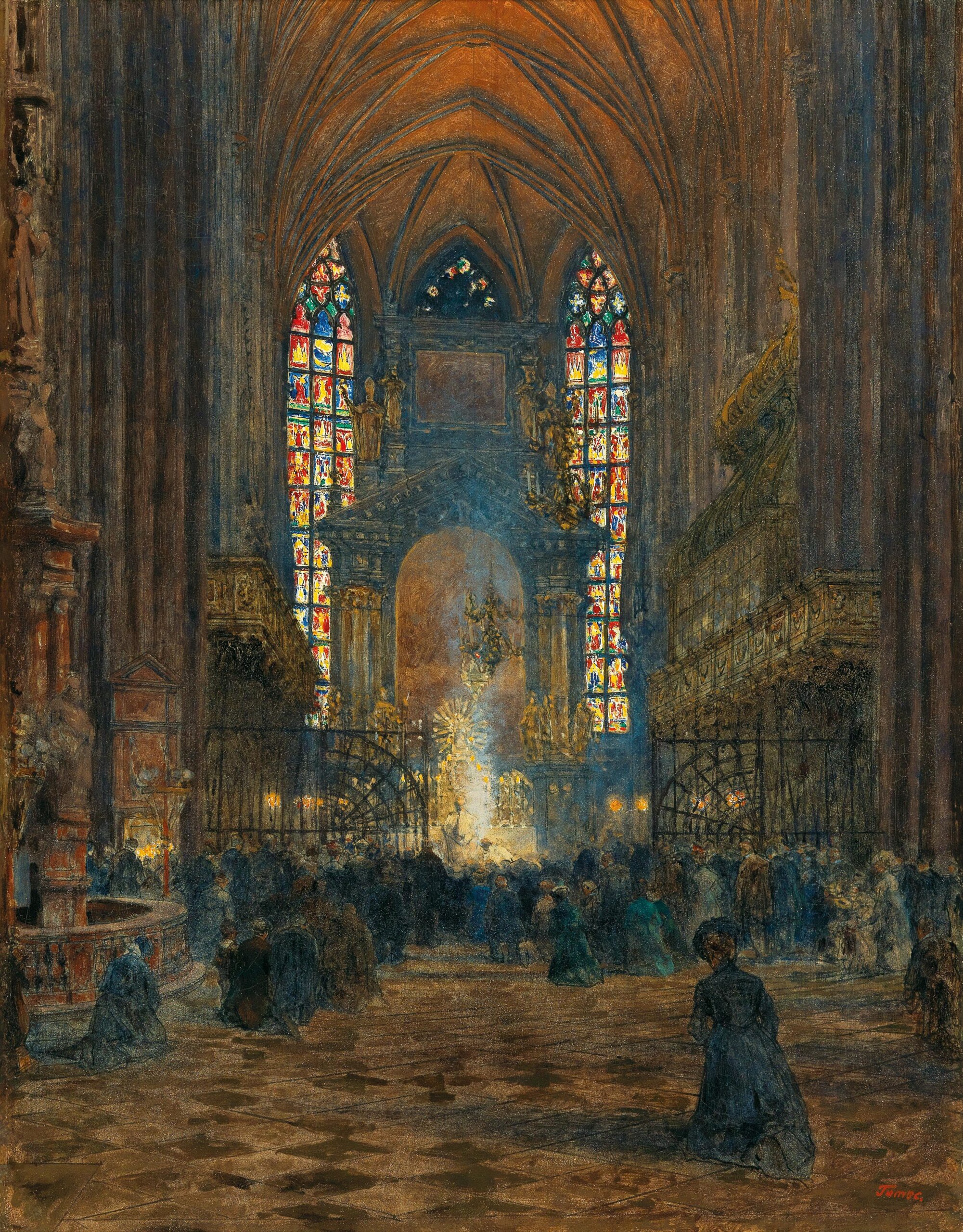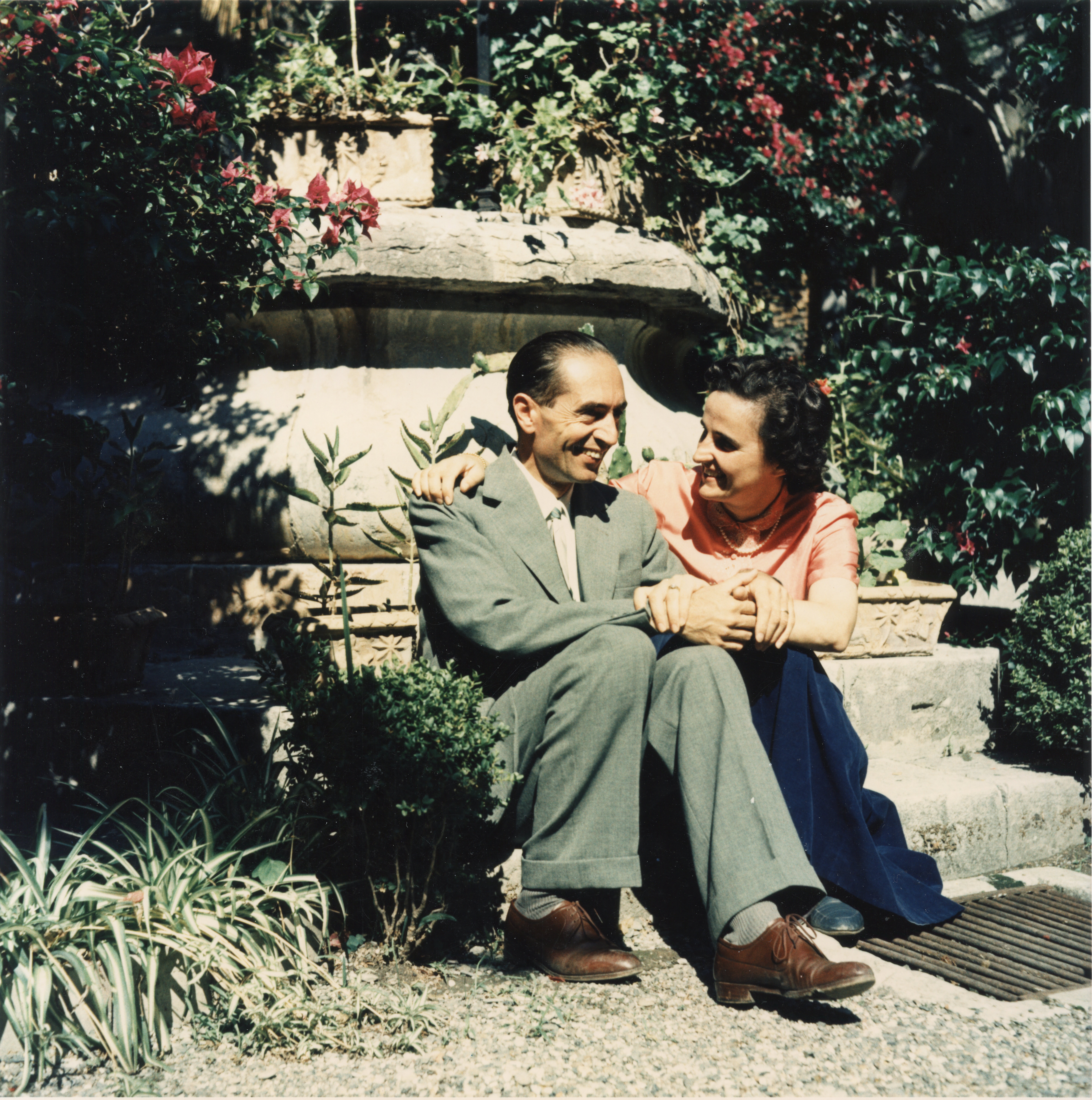What is the Divine Mercy message and chaplet? Discover the weapon for our times in this excerpt from Spiritual Warfare and Divine Mercy.
Divine Mercy and Spiritual Warfare
When going into battle, a warrior must have the greatest armor and the most effective weapons to accomplish his ends. The same principle applies to each of us engaging in this spiritual war. We want to be protected, but also to be able to attack with swift and decisive blows to subdue the wicked foe. Remember Jesus’s words to Saint Faustina, “Fight like a knight” (Diary 1760).
Of all the devotional weapons in our arsenal, I would like to suggest that the Divine Mercy Chaplet is the greatest of them, even more powerful than the Rosary. The claim that the Chaplet is more powerful than the Rosary is not for the sake of pitting one devotion against the other, but for the sake of increasing your faith in both devotions. The last thing I want to see is a person putting down the mysteries of the Rosary and devotion to our Blessed Mother.
Rather, I want to encourage the faithful to add the Chaplet to your daily arsenal of prayer. The Rosary was given to Saint Dominic in the 1200s and has proven, around every major world crisis, that our heavenly Mother’s intercession is beyond compare.
However, with that said, I posit that the Chaplet of Divine Mercy has greater power because it unites the one praying to Jesus’s perfect sacrifice on Calvary and thus can be considered a direct extension of the Liturgy of the Eucharist of the Mass (specifically, the Great Doxology: “Through him, and with him, and in him, O God, almighty Father, in the unity of the Holy Spirit, all glory and honor is yours, for ever and ever. Amen.”).
When we pray the Chaplet, we find ourselves not only united to Jesus’s perfect sacrifice but also united with the Blessed Virgin Mary, who stood at the foot of the cross (see Jn 19:25).
How to Pray the Chaplet
As indicated previously, the Mass is the mystical link to the sacrifice on Calvary; so, by extension, the Chaplet connects us with the same event and graces. Said another way, the same graces that flowed on Calvary flow through the Mass and, yes, the Chaplet.
This mystical connection is discovered when we examine and question the prayers of the Chaplet of Divine Mercy. The primary prayer, prayed on the rosary beads where the Our Father is normally said, reads:
Eternal Father, I offer you the Body and Blood, Soul and Divinity of Your Dearly Beloved Son, Our Lord, Jesus Christ, in atonement for our sins and those of the whole world.
Then, ten times on the beads where one would pray the Hail Mary, we say:
For the sake of His sorrowful Passion, have mercy on us and on the whole world.
Divine Mercy and Mass
The parallels between the words of the Chaplet and what happens at Mass are identical. As noted previously, the majority of the prayers at Mass are directed to God the Father. The heart of the Mass is the sacrificial offering of the Son to the Father.
When we worship at Mass, we are present with the Blessed Virgin Mary, Saint John, Mary Magdalene, and the other Mary, who are at the foot of the cross, joining themselves to Jesus’s sacrifice and interceding for all of humanity. When we pray the Chaplet of Divine Mercy, we are entering into that same mystical action: offering to God the Father Jesus Christ crucified, in sorrow for our sins, begging Him for the conversion of sinners. When we pray the Chaplet of Divine Mercy, we are entering into the mystical realities of the Mass as depicted in book of Revelation.
Breaking this down further, we see how intimately this prayer is connected to the Mass. In the Chaplet, the individual participates in the action of “offering” the “Body, Blood, Soul, and Divinity of Jesus Christ.” Where do we find the Body, Blood, Soul, and Divinity of Jesus Christ? In the Most Blessed Sacrament, made present through the hands of the ministerial priest at every Mass. The Catechism of the Catholic Church teaches that “at the moment of consecration” (CCC 1377), the bread and wine “become Christ’s body and blood” (CCC 1333). “The body and blood, together with the soul and divinity, of our Lord Jesus Christ and, therefore, the whole Christ is truly, really, and substantially contained” (CCC 1374). The action of the bread and wine changing into Jesus’s substantial presence is referred to as transubstantiation (CCC 1376).
The challenge with the main prayer of the Chaplet is that it says, “Eternal Father, I offer you . . .” Catholics are aware that it is only the ministerial priest who can make the Eucharist present at Mass. As the old saying goes, “No priest, No Eucharist.” So, how is it possible for the lay faithful to “offer” the Eternal Father, the Body, Blood, Soul, and Divinity of Jesus when that is reserved to the ministerial priest?
The answer lies in the Vatican II document “The Constitution on the Sacred Liturgy” (CSL – Sacrosanctum Concilium). In this document, the Church gives us the term “active participation” in relation to the laity’s role in the sacred liturgy. Unfortunately, this term has been one of the most abused and misunderstood terms in the post-Vatican II era. For many, active participation meant that more people from the laity needed to “do” [actions] in the Mass and liturgy. However, when one reads the document, it is clear that active participation primarily refers to an inward participation of heart, mind, spirit, and voice in the context of the prayers, hymns, and offering of the Sacrifice of the Mass.
To promote active participation, the people should be encouraged to take part by means of acclamations, responses, psalmody, antiphons, and songs, as well as by actions, gestures, and bodily attitudes. And at the proper times all should observe a reverent silence. (CSL 30)
They should be instructed by God’s word and be nourished at the table of the Lord’s body; they should give thanks to God; by offering the Immaculate Victim, not only through the hands of the priest, but also with him, they should learn also to offer themselves; through Christ the Mediator, they should be drawn day by day into ever more perfect union with God and with each other. (CSL 48)
This line from paragraph 48—“by offering the Immaculate Victim, not only through the hands of the priest, but also with him, they should learn also to offer themselves”—is the true meaning and spirit of “active participation.” The individual praying the Divine Mercy Chaplet engages the principle of active participation to mystically enter into the Sacrifice of the Mass, the sacrifice of the Lamb that was slain, as depicted in the book of Revelation (chapters 5–7). When we pray the Chaplet of Divine Mercy, we are participating mystically in the Eucharistic offering of the Mass—Through him, and with him, and in him, O God, almighty Father, in the unity of the Holy Spirit, all glory and honor is yours, for ever and ever. Amen!
The Chaplet offers us the opportunity of uniting ourselves to Jesus’s perfect sacrifice “through the hands of the priest [and] with [the priest].” It is here that we can find ourselves standing before the Eternal Father, participating in the single greatest action that has ever taken place. Imagine yourself standing in the great throne room of heaven (Rv 4–5) and seeing the Lamb that was slain, and the heavenly court crying out, “To him who sits upon the throne and to the Lamb be blessing and honor and glory and might for ever and ever!” And the four living creatures said, “Amen!” and the elders fell down and worshiped” (Rv 5:13–14).
ooo
This article is taken from a chapter in Spiritual Warfare and Divine Mercy by Fr. Ken Geraci, CPM which is available from TAN Books.


